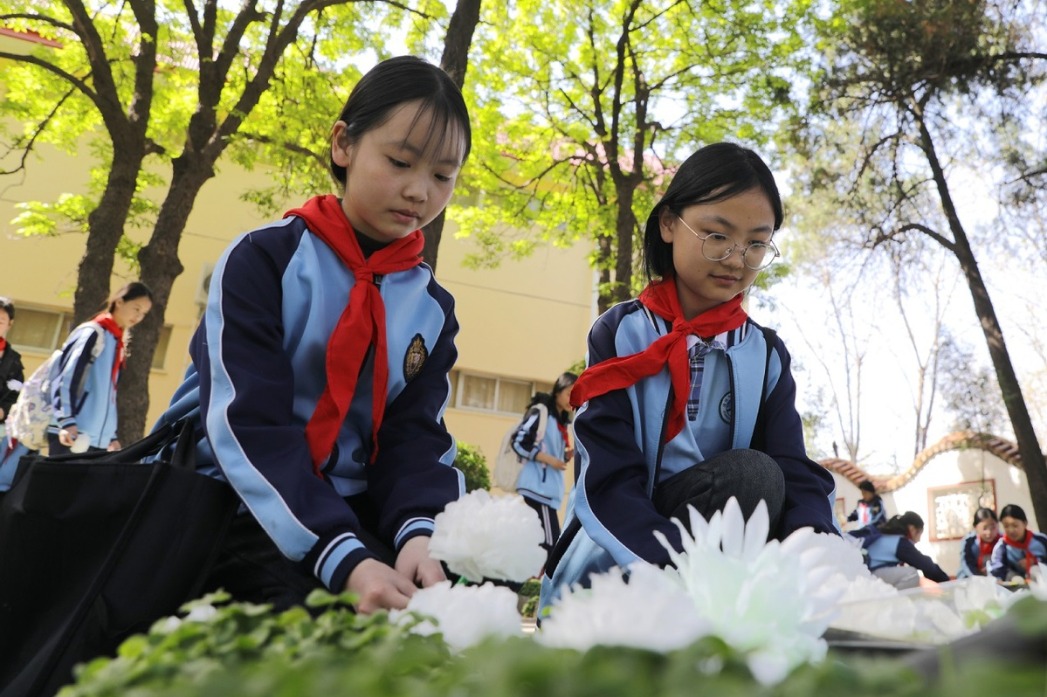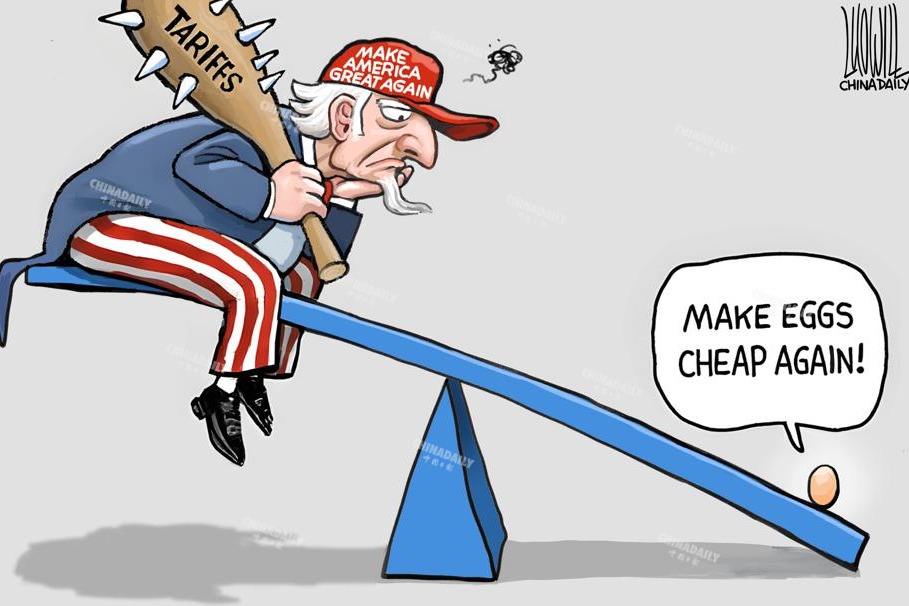A new future for regional value chain


Through deep integration of the industrial chain and technical cooperation, China and ASEAN will enhance Asia's position in the global economy
At a time when the global economic landscape is undergoing profound adjustment, cooperation between China and the Association of Southeast Asian Nations is becoming more and more important. The two sides have not only established a deep foundation of cooperation in the political and economic fields, but also played an increasingly important role in the development of the Asian value chain. This close link not only promotes the status and influence of the Asian regional value chain, but also provides a new impetus for the stability and development of the global economy.
China and ASEAN have a long history of cooperation and have a profound political and economic foundation. The two sides have established extensive cooperation mechanisms in a number of areas, from political mutual trust to economic integration, and from cultural communication to security cooperation, having formed an all-dimensional and multi-level cooperation pattern. On the political side, bilateral relations have been escalating. From the establishment of dialogue in 1991 to the establishment of comprehensive strategic partnership in 2021, the two sides have deepened their political mutual trust and consensus. In terms of economic cooperation mechanisms, multitier and multi-sector cooperation mechanisms provide an institutional basis for shaping regional value chains, such as the China-ASEAN (10+1) leaders' meeting, ASEAN-China, Japan and the Republic of Korea (10+3) leaders' meeting, and the East Asia Summit, as well as the Belt and Road Initiative and the Regional Comprehensive Economic Partnership. On the economic front, China has become ASEAN's largest trading partner, with bilateral trade growing over 100-fold in the past 30 years. In terms of trade structure, the proportion of trade in intermediate products is increasing, which is the core carrier of regional value chain. Behind this series of manifestations is the deep integration and cooperation between China and ASEAN in the regional value chain.
China and ASEAN are closely connected and have clear roles in the regional value chain. At present, China has basically replaced Japan as the supply center of Asia, increasing its position in the global value chain. ASEAN plays a key role in processing and importing of raw materials. China's exports are a major source of ASEAN's value-added products. ASEAN is highly dependent on China's raw materials and spare parts, and the two sides have close industrial chains. In the construction of a regional value chain, the cooperation between China and ASEAN is particularly important. With deepening global economic integration, the regional value chain has become an important part of the global economy. Close cooperation between China and ASEAN in this process has not only strengthened economic ties between the two sides, but also enhanced Asia's status and influence in the global economy.
However, the cooperation between China and ASEAN in the regional value chain also faces a series of challenges. First of all, the restructuring of the global value chain makes the original division of labor system shrink from the global scope to the internal region, which increases the need for cooperation between China and ASEAN. Second, the United States intervenes in the restructuring of the regional value chain in Asia, by trying to build a strategic value chain with itself as the core. This poses a challenge to the cooperation between China and ASEAN. At the same time, China's position in the global value chain has been "squeezed" from both sides. The high-end manufacturing is returning to developed countries and the mid- and low-end manufacturing to other developing countries, necessitating higher requirements for China's industrial upgrading and transformation.
In the face of these challenges, China and ASEAN must work closely to find a development path in line with the new generation of regional value chains. This requires the two sides to achieve breakthroughs in industrial chain link and cooperation in key technological areas. And the integrated development of the industrial chains between China and ASEAN is key in the manufacturing sector. The transformation of China's mid- and high-end manufacturing industry and the transfer of mid- and low-end manufacturing industry to ASEAN can complement each other and jointly enhance the competitiveness of the regional value chain. In terms of technology chain docking, China's technological innovation capability can provide technical support for ASEAN and promote regional technical cooperation and deep integration of the industrial chain. The coordinated construction of emerging industrial clusters, especially in the field of digital economy and green economy, will become a new highlight of the cooperation between China and ASEAN. In addition, the construction of the coordination mechanism in the regional value chain will help enhance the status and influence of China and ASEAN in the global value chain.
In the future, cooperation between China and ASEAN will be a cornerstone for the development of regional value chains in Asia. In the context of global economic restructuring, close cooperation between the two sides cannot only address the current challenges, but also promote further development of the Asian regional value chain. Through the deep integration of industrial chain and technical cooperation, China and ASEAN are expected to enhance Asia's position in the global economy, and realize common prosperity in this region. In the new global economic landscape, cooperation between China and ASEAN will face more challenges, but it is also full of opportunities. Only through continuous cooperation and innovation can we remain competitive in the tide of globalization and jointly shape a more stable and prosperous regional value chain in Asia.
Yu Nanping is a professor at the School of Politics and International Relations at East China Normal University. Liao Meng is a graduate student at the School of Politics and International Relations at East China Normal University. The author contributed this article to China Watch, a think tank powered by China Daily.
The views do not necessarily reflect those of China Daily.
Contact the editor at editor@chinawatch.cn.


































